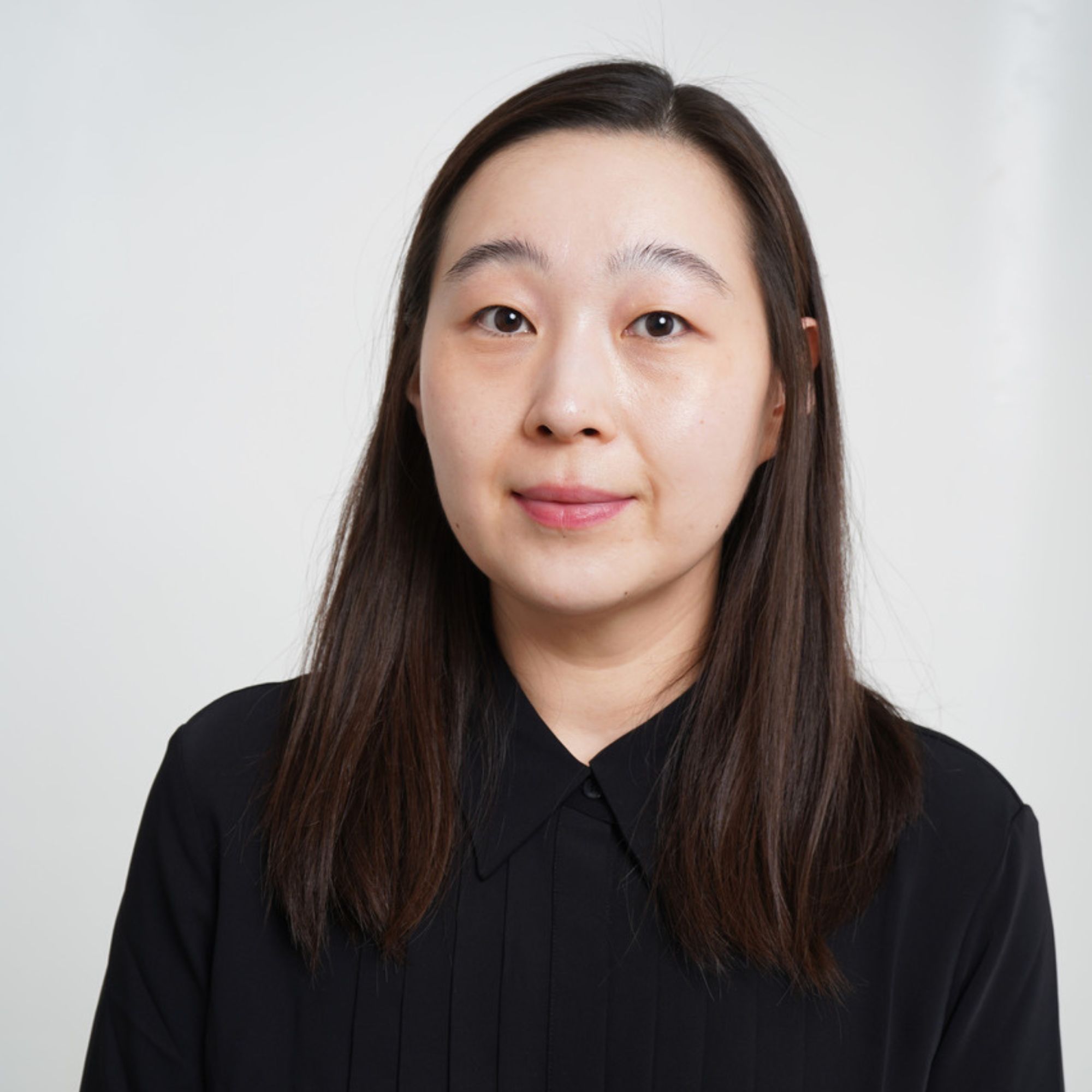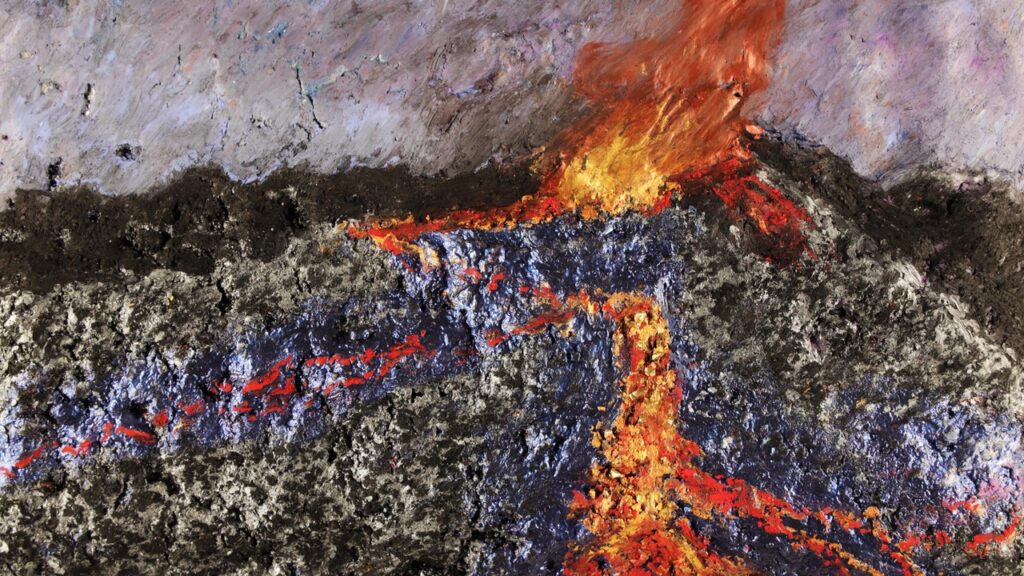
15 Oct Alisi Telengut
Alisi Telengut is a Canadian artist of Mongolian roots. She creates animation frame by frame under the camera with mixed media to generate movement, and explore hand-made and painterly visuals for her work. Her work has been screened and exhibited internationally, such as at the Whitney Biennial (USA), Academy Museum of Motion Pictures (USA), Sundance Film Festival (USA), TIFF and TIFF Canada’s Top Ten (Canada), Annecy International Animation Festival (France), Biennial VIDEONALE at Kunstmuseum Bonn – Museum of Painting and Contemporary Art Bonn (Germany), OSTRALE Biennale (Germany), Anthology Film Archives (USA), the Canadian Cultural Centre at the Embassy of Canada in France, CICA Museum – Czong Institute for Contemporary Art (South Korea), UNESCO World Heritage Site Zollverein (Germany), Images Festival (Canada), Image Forum (Japan).
Telengut is a Canadian Screen Award nominee and a Québec Cinéma Awards – Prix Iris winner in Best Animated Film. Her work received multiple international awards and nominations, including the Best Short Film at Stockholm Film Festival (Sweden), Best Animated Film at Mammoth Lakes Film Festival (USA) and Brussel Independent Film Festival (Belgium), as well as Jury Award at the Aspen Shortsfest (USA). Her work has not only been presented as animation and moving image artworks with the unique visual style, but have also contributed to ethnographic and ethnocultural research. Her recent work has been added to the permanent collection of Art Science Exhibits (USA/Germany) that represents the leading-edge of art making with dedication to positive action for Earth’s recovery.
Telengut is a newly hired tenure-track assistant professor in Film Animation, Mel Hoppenheim School of Cinema, Faculty of Fine Arts at Concordia University (Canada). She was a guest lecturer/Gastdozentin in Moving Image study area at the Berlin University of the Arts – UdK (Germany). She is completing a PhD degree in Scientific-Artistic Research (wissenschaftlich- künstlerische Forschung) at the Filmuniversitaet Babelsberg Konrad Wolf (Germany). She obtained her Master in Fine Arts in Studio Arts with an option in Film Production, and a Bachelor in Fine Arts in Film Animation at Concordia University (Canada). Her research and practice have been supported through grants, scholarships and residencies, including the Canada Council for the Arts, SSHRC – Social Sciences and Humanities Research Council of Canada, CALQ – Conseil des arts et des lettres du Québec, and Graduiertenstipendium from Filmuniversitaet Babelsberg.
- Becoming Air, 2024 (coming soon)
- Baigal Nuur – Lake Baikal, 2023
- La grogne, 2021
- The Fourfold, 2020
- Nutag-Homeland, 2016
- Tears of Inge, 2013
- Tengri, 2012
❝ In many Indigenous belief systems, the land is sacred, and the earth is often seen as a living being, referred to as Mother Earth, who sustains life and is deeply revered. The belief that humans, animals, plants, and natural features are all deeply intertwined and interconnected mirrors animistic thought and beliefs. This relationship is rooted in respect, reciprocity, and a sense of stewardship, where the land is viewed as a sacred, living entity that both sustains and is sustained by the people. Animism emphasizes that the natural world should be treated with great respect and is deserving of reverence. This idea challenges Cartesian dualism, which has helped shape the foundation of modern Western thought, where there is a strict separation between nature and culture, mind and body, human and non-human, animate and inanimate. While Cartesian dualism places humans above and apart from the natural world, animism views humans as interconnected with all living and non-living beings, all of which possess consciousness and agency. This animistic perspective promotes a relational and ethical view of existence, directly opposing the mechanistic, anthropocentric implications of Cartesian dualism.

In the age of the Anthropocene and human-induced rapid environmental degradation, the idea of animism is more relevant than ever in our contemporary moment. My short animated film The Fourfold (2020), created as part of the Main Film Film Factory artist residency, explores themes of animism. It is based on shamanic rituals and animistic beliefs told by my grandmother, who lived as a nomad on the Mongolian grasslands. Using hand-painted animation and mixed materials, the film reclaims the concept of animism from an outdated colonialist perspective, re-addressing it as a human and non-human relationship within the context of our current moment of environmental degradation and climate change.
In one scene, the film depicts a traditional nomadic milk libation ritual performed by Mongolian peoples. The milk libation ceremony typically involves pouring milk into a container or directly onto the ground as an offering to Mother Earth, nature, Tengri, and the ancestors. In this section of the voiceover interview, my grandmother says that milk is considered a treasure in nomadic cultures. Milk holds significant cultural and symbolic value in Mongolian society, particularly due to the nomadic pastoral lifestyle and reliance on livestock such as horses, cows, yaks, and camels. The milk libation ceremony is often conducted during important religious and cultural events, such as seasonal rituals and festivals, including the summer solstice. The ceremony is considered a way to establish a connection with nature and the spiritual realm, as well as to honour and show respect to nature and Mother Earth, to seek prosperity, and to ask for harmony for the community or individuals involved. The rituals depicted in the film, including the one described here, are performative acts in which humans engage with the more-than-human world, recognizing themselves as part of nature rather than superior to or in control of it.
A more in-depth reflection on the short film is available in the article “The Fourfold: Reclaiming Animism,” published in Public Journal, no. 69, 2024, pp. 30-35.

Telengut’s another award-winning short film Baigal Nuur–Lake Baikal (2023) explores the formation of Lake Baikal in Siberia, the deepest and oldest freshwater lake in the world, reflecting on the human-nature relationship embedded in the Indigenous language of that region. The lake’s formation is reimagined through hand-painted animation and found objects, featuring the voice of an Indigenous woman who recalls words in her endangered Buryat language (a Mongolian dialect). Cape Burkhan/Shaman Rock/Shamanka, a sacred site for the Buryat people on Olkhon Island, is depicted using various tangible materials gathered during the film’s production in Germany, nearly 7,000 km from Lake Baikal. The lake’s intangible historicity is explored non- anthropomorphically through hand-painted frame-by-frame animation, mixing found objects like quartz and stones, collected both in nature and through personal connections. Some quartz pieces were hand-harvested in the Alps by a friend familiar with the regional geology. The animation emphasizes the elemental and natural processes that formed the lake, focusing on life beyond human agency. The non-anthropocentric imagery—the hand-painted stars, sun, rocks, and flora—portrays a vitalistic flow of life, suggesting that the lake is not simply a landscape or resource for human use, but an ongoing, living system with its own material history and agency.❞
Alisi Telengut
#MAINARTIST
Our organization is an artist-run center committed to supporting its community as a whole, without distinction.
Beyond the simple declarations of solidarity against racism following the events of the summer of 2020, but also against more recent racist acts and those that persist historically, it seemed essential to us to offer a place to our members so that they can express their feelings in the face of the discrimination they experience and which could be based on the color of their skin, their origins, their sexual orientation, their gender or a handicap.
We invite them to share their thoughts on this societal drama that constitutes all forms of rejection of the other.
Main Film is an artist-run center committed to supporting its community as a whole, without distinction, in the creation of independent film.
Our 27th contributing artist is Alisi Telengut.
#MainArtist #ArtisteImportant
Because it is artists who carry both the role of representing society and making it evolve.


